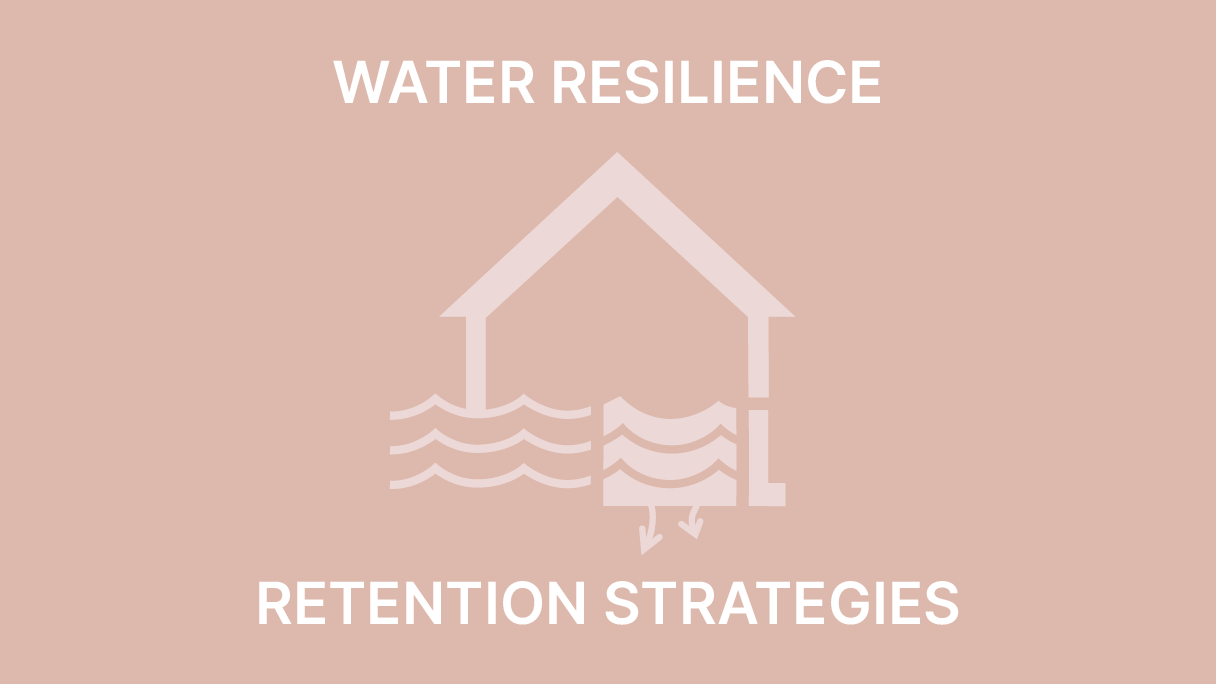Water Resilience: Retention Strategies
FUTURE AND GLOBAL RESPONSIBILITY
Recorded by Elizabeth Donovan, images by Veera Saastamoinen
KEY READINGS
Design for Flooding: Architecture, Landscape, and Urban Design for Resilience to Climate Change. Donald Watson and Michele Adams. John Wiley & Sons
Retrofitting for Flood Resilience: A Guide to Building & Community Design. Edward Barsley. RIBA Publishing
Adapting Cities to Sea Level Rise: Green and Gray Strategies. Stefan Al. Island Press
Design and Planning for Flood Resiliency: Guidelines for NYC Parks
INSPIRATIONAL BUILT EXAMPLES
Haikou Meishe River Greenway. Turenscape. Haikou, Hainan, China
Enghaveparken. Third Nature. Copenhagen
Bishan-ang mo kio park. Ramboll Studio Dreiseitl. Singapore
The Climate Project – Legedammene. Bisgaard Landscape Architects. Gladsaxe, Denmark.
The ford. Lytt Landscape architecture. Denmark
Shanghai Houtan Park. Turenscape. Shanghai, China
Sønæs. Møller & Grønborg Architects. Viborg, Denmark
Låsby Lake Park. LabLand. Laasby, Denmark
WATER RESILIENCE: RETENTION STRATEGIES
Flood retention strategies explores four key strategies: floodable plains, floodable squares, polders, and stormwater infiltration. Unlike defensive methods, these strategies store excess water to mitigate floods, crucial in urban areas with rising surface flooding and compromised drainage. Stormwater infiltration aids flood control by absorbing rainwater into the ground rather than overwhelming stormwater systems.
Floodable plains act as catchment areas for heavy rain and overflow, doubling as recreational spaces during dry spells.
Floodable squares are intentionally designed areas that transform into pools during rain, yet serve as urban spaces when dry.
Polders, reclaimed lowlands surrounded by dikes, protect against floods and enable development, requiring careful maintenance and sustainable practices.
Stormwater infiltration employs green techniques like rain gardens and permeable pavements to naturally filter and slow runoff.
These strategies underscore the importance of synergy between nature and infrastructure, fostering resilience, safety, and environmental well-being.

